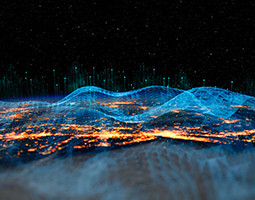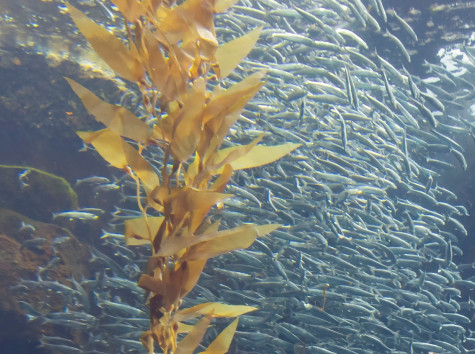The oceans are not the silent world we once imagined. They are filled with marine life, from dolphins' clicks to whale songs. These sounds are not mere noise; they are vital for communication, navigation, and survival.
However, human activities, particularly shipping and offshore energy exploration, have introduced a cacophony of noise pollution into the marine environment, disrupting the delicate acoustic balance upon which marine species depend.
The impact of noise pollution on marine biodiversity cannot be overstated. Marine mammals, which rely heavily on sound, are particularly vulnerable. Noise pollution interferes with their ability to communicate, find food, navigate, and avoid predators. The result is a disrupted marine ecosystem, with potential long-term consequences for biodiversity and the services it provides.
Ship traffic has been increasing in the oceans in recent decades, especially in the northern hemisphere, and very likely will increase exponentially in future. Ship traffic produces diffuse and almost continuous noise that may affect very wide areas. Low-frequency (below 1,000Hz) ambient noise levels generated by ship traffic have increased in the northern hemisphere by two orders of magnitude over the last 60 years. Ship propulsion noise accounts for more than 90% of the acoustic energy that humans put into the sea. Commercial shipping is estimated to have raised average ambient noise levels in the 20–200Hz band by about 10dB in the past century.
Regulatory efforts are also underway to address the challenge of ocean noise. International guidelines and national regulations are being developed to protect marine habitats from excessive noise, emphasizing the need for quieter seas. These initiatives represent a growing awareness of the need to balance human activities with the preservation of marine biodiversity.
Noise mapping and analysis using AI can be utilized to analyze acoustic data collected from underwater microphones (hydrophones) and other sensors to create detailed maps of noise pollution across different ocean regions. These maps can help identify major sources of noise pollution, such as busy shipping lanes or areas with intensive offshore energy exploration activities.
Cognizant Oceans AI/ML focused approach can help our clients build predictive modeling using machine learning algorithms to predict noise pollution levels based on shipping traffic patterns, weather conditions, and oceanographic data. These predictions can inform route planning for ships to minimize noise pollution in sensitive marine habitats, especially those known for the presence of vulnerable species.
Sensor-driven monitoring systems can continuously track noise levels and automatically detect instances where they exceed predefined thresholds. Such systems can alert authorities or operators in real-time, enabling immediate action to reduce noise output.
Cognizant ocean has expertise to help our clients build the conceptual data model for leveraging AI/ML to address ocean noise pollution encompasses several layers: The foundational layer involving gathering acoustic data using hydrophones, environmental data from satellites and ocean buoys, and anthropogenic activity data such as shipping traffic and offshore energy operations.
An integrated data processing layer is necessary to focus on cleaning and preprocessing the collected data, including noise filtration, signal enhancement, and the segmentation of bioacoustics signals. Our team can help build AI algorithms analyze the processed data to extract meaningful features related to noise pollution sources, levels, and patterns. The outputs from predictive models and simulations are then integrated into a decision support system that provides actionable insights to decision makers and offers for route planning, operational adjustments, and other interventions to reduce noise pollution.
The quest for quieter seas is a shared responsibility. It requires collaboration among industries, governments, scientists, and conservationists to develop and implement solutions that protect marine life while allowing sustainable human activities.
Join us in the quest for quieter seas. Contact Ocean@cognizant.com to discover how we use advanced AI technologies to map and mitigate noise pollution, safeguarding marine life and their acoustic habitats.















